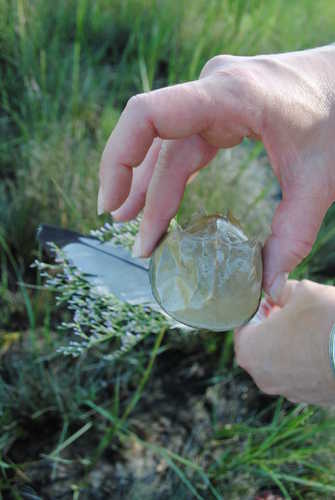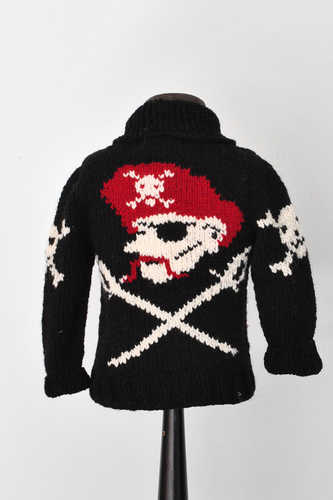Keywords: friends
Item 14115
Contributed by: Bangor Public Library Date: 1944 Location: Bangor Media: Photographic print
Item 14284
Resolutions concerning Samuel Taylor, 1840
Contributed by: Maine Historical Society Date: 1840-08-20 Location: Sidney; Vassalboro Media: Ink on paper
Item 98943
Assessor's Record, 1833-1843 Forest Avenue, Portland, 1924
Owner in 1924: Friends Church Use: Church
Item 67821
Assessor's Record, 81 Oak Street, Portland, 1924
Owner in 1924: Friends Meeting House Use: Church
Item 150084
Residence of Peter & Beverly Friend remodeling, Newport, 1950
Contributed by: Maine Historical Society Date: 1950 Location: Newport Client: Peter Friend Architect: Eaton W. Tarbell
Item 151513
The Portland Club heating plans, Portland, 1923
Contributed by: Maine Historical Society Date: 1923 Location: Portland Client: The Portland Club Architect: John Calvin Stevens and John Howard Stevens Architects
Exhibit
Student Exhibit: A Friend in Need!
Sometime in the 1920s a 700 hundred pound moose fell through the ice, likely between Norridgewock and Skowhegan. She was rescued by a game warden and another man. Here is the story.
Exhibit
Best Friends: Mainers and their Pets
Humans and their animal companions began sharing lives about twenty-five thousand years ago, when, according to archaeological evidence and genetic studies, wolves approached people for food scraps. As agriculture grew and people began storing grains around ten thousand years ago, wild cats helped keep rodents at bay and feline populations thrived by having a steady food source. Over time, these animals morphed into the dogs and cats we know today, becoming our home companions, our pets.
Site Page
Friends of the Kotzschmar Organ
View collections, facts, and contact information for this Contributing Partner.
Site Page
View collections, facts, and contact information for this Contributing Partner.
Story
What Maine Means to Me
by Nicolette B. Meister
How a friendship created a lifelong love of Maine.
Story
Growing up DownEast
by Darrin MC Mclellan
Stories of growing up Downeast
Lesson Plan
Longfellow Studies: "Evangeline: A Tale of Acadie"--Selected Lines and Illustrations
Grade Level: 6-8, 9-12
Content Area: Social Studies, Visual & Performing Arts
Henry Wadsworth Longfellow, Maine's native son, is the epitome of Victorian Romanticism. Aroostook County is well acquainted with Longfellow's epic poem, Evangeline, because it is the story of the plight of the Acadians, who were deported from Acadie between 1755 and 1760. The descendants of these hard-working people inhabit much of Maine, New Brunswick, and Nova Scotia.
The students enjoy hearing the story and seeing the ink drawings. The illustrations are my interpretations. The collection took approximately two months to complete. The illustrations are presented in a Victorian-style folio, reminiscent of the family gathered in the parlor for a Sunday afternoon reading of Evangeline, which was published in 1847.
Preparation Required/Preliminary Discussion:
Have students read "Evangeline A Tale of Acadie". Give a background of the Acadia Diaspora.
Suggested Follow-up Activities:
Students could illustrate their own poems, as well as other Longfellow poems, such as: "Paul Revere's Ride," "The Village Blacksmith," or "The Children's Hour."
"Tales of the Wayside Inn" is a colonial Canterbury Tales. The guest of the inn each tell stories. Student could write or illustrate their own characters or stories.
Appropriate calligraphy assignments could include short poems and captions for their illustrations. Inks, pastels, watercolors, and colored pencils would be other appropriate illustrative media that could be applicable to other illustrated poems and stories. Each illustration in this exhibit was made in India ink on file folder paper. The dimensions, including the burgundy-colors mat, are 9" x 12". A friend made the calligraphy.
Lesson Plan
Longfellow Studies: "The Jewish Cemetery at Newport"
Grade Level: 6-8, 9-12
Content Area: English Language Arts, Social Studies
Longfellow's poem "The Jewish Cemetery at Newport" opens up the issue of the earliest history of the Jews in America, and the significant roles they played as businessmen and later benefactors to the greater community. The history of the building itself is notable in terms of early American architecture, its having been designed, apparently gratis, by the most noted architect of the day. Furthermore, the poem traces the history of Newport as kind of a microcosm of New England commercial cities before the industrialization boom. For almost any age student the poem could be used to open up interest in local cemeteries, which are almost always a wealth of curiousities and history. Longfellow and his friends enjoyed exploring cemeteries, and today our little local cemeteries can be used to teach little local histories and parts of the big picture as well.
Henry Wadsworth Longfellow visited the Jewish cemetery in Newport, RI on July 9, 1852. His popular poem about the site, published two years later, was certainly a sympathetic portrayal of the place and its people. In addition to Victorian romantic musings about the "Hebrews in their graves," Longfellow includes in this poem references to the historic persecution of the Jews, as well as very specific references to their religious practices.
Since the cemetery and the nearby synagogue were restored and protected with an infusion of funding just a couple years after Longfellow's visit, and later a congregation again assembled, his gloomy predictions about the place proved false (never mind the conclusion of the poem, "And the dead nations never rise again!"). Nevertheless, it is a fascinating poem, and an interesting window into the history of the nation's oldest extant synagogue.



















